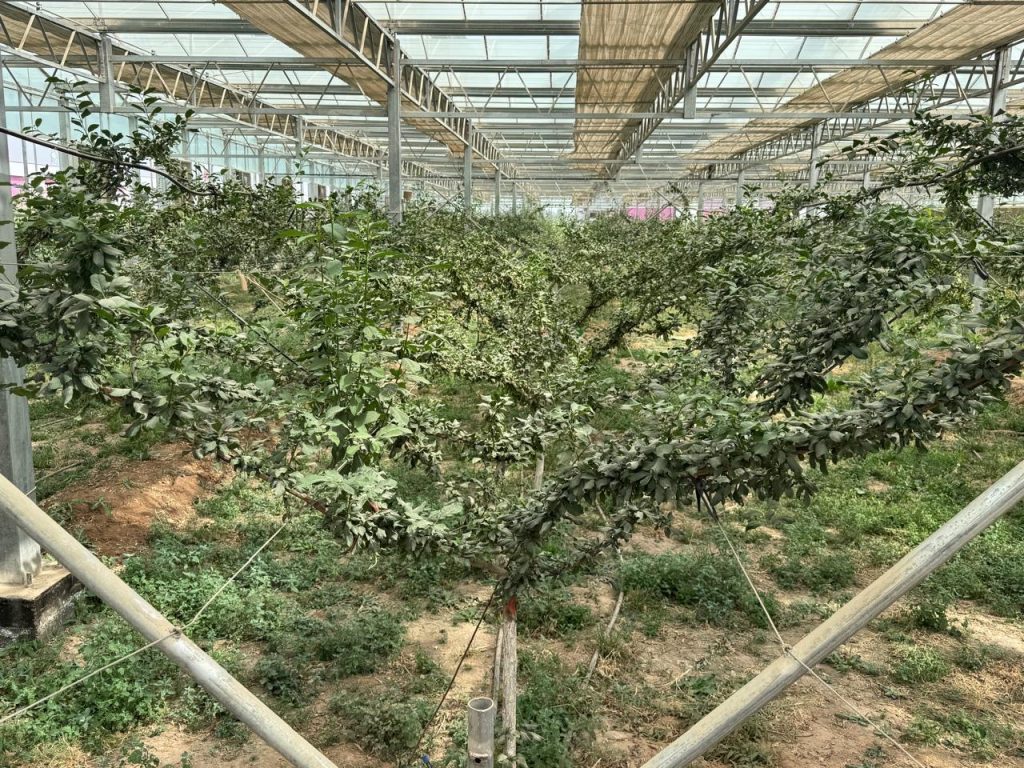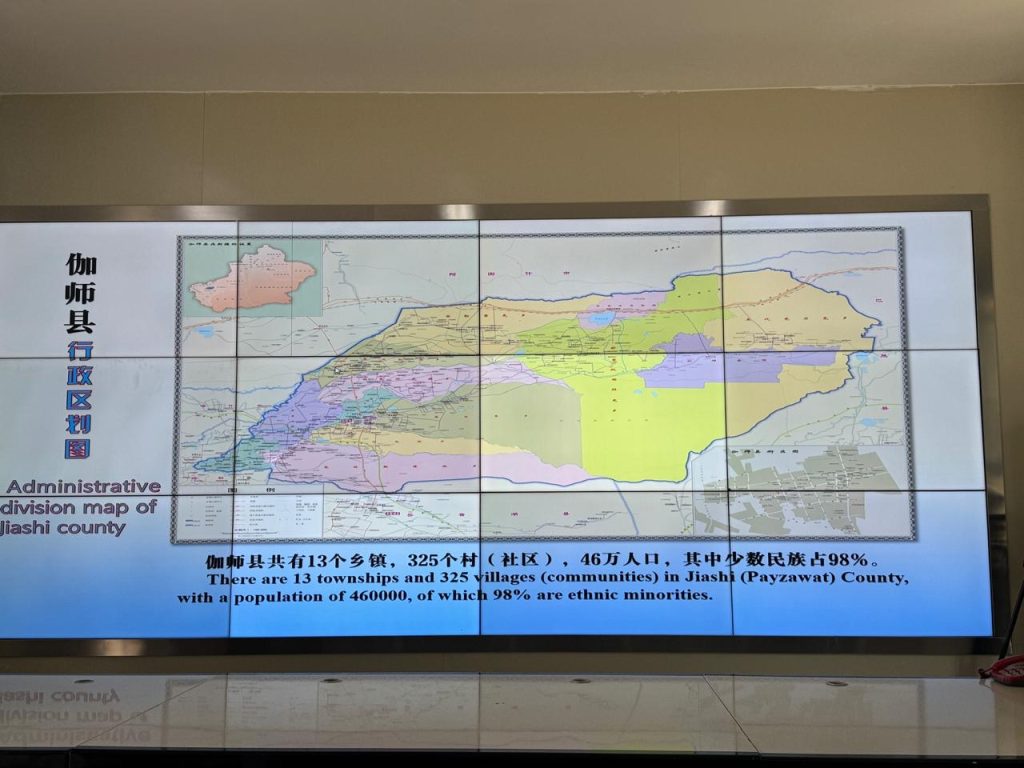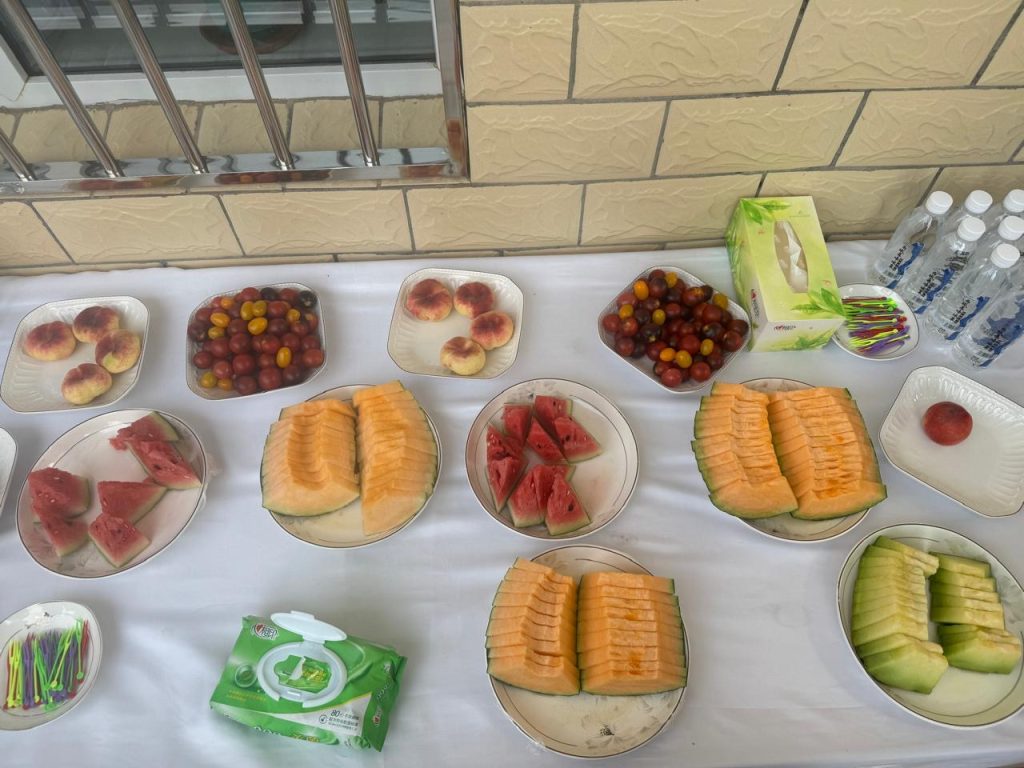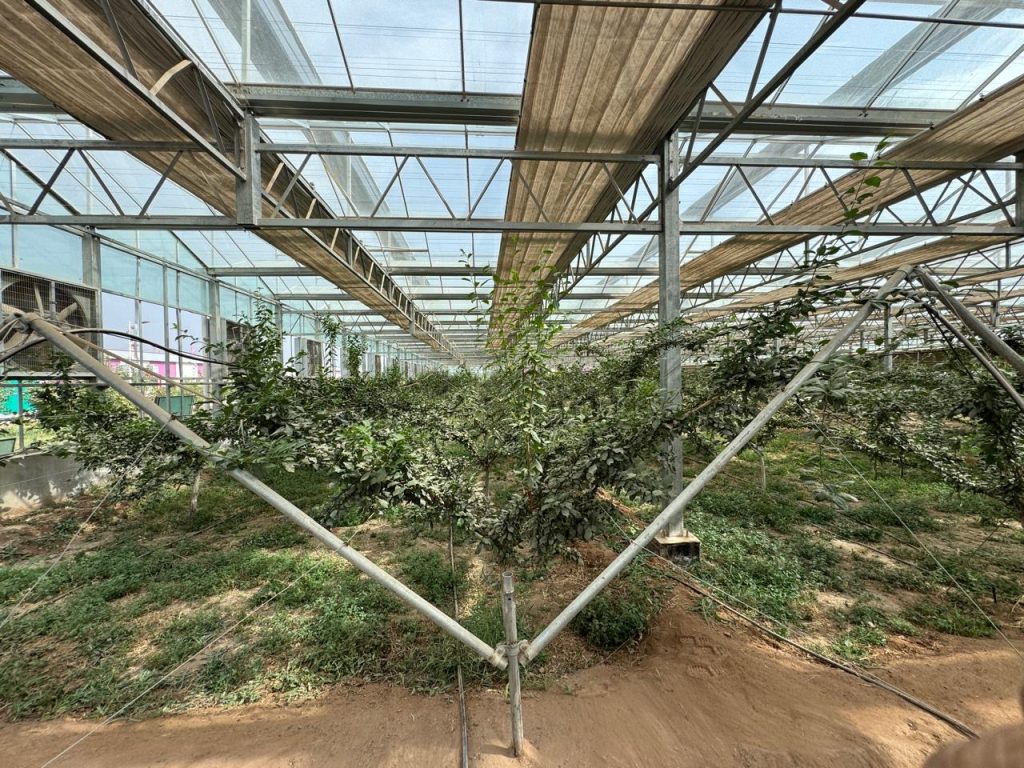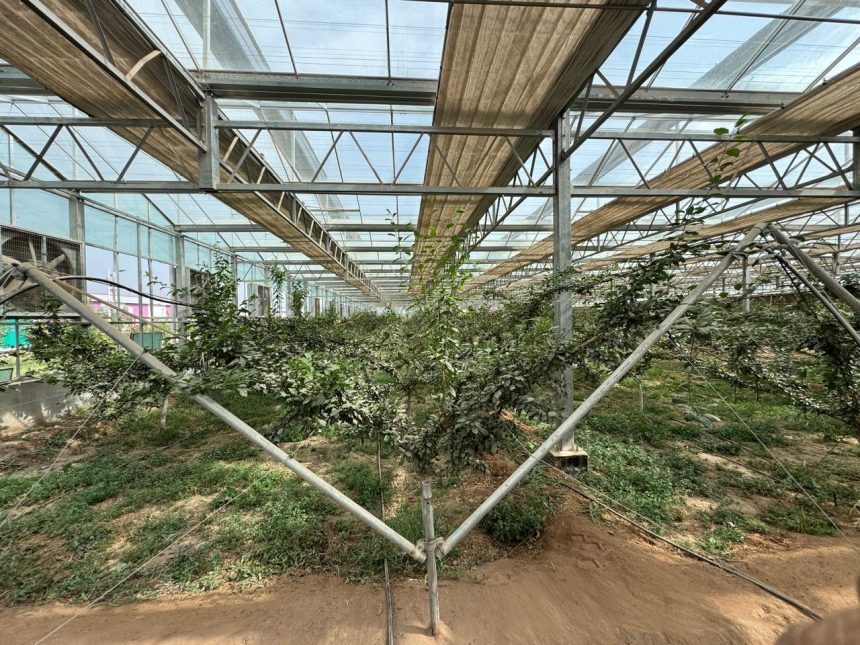Today’s journey into Jiashi County, located on the western frontier of Xinjiang, unveils a story of transformation — where vast expanses once defined by arid landscapes are now blooming with agricultural vitality, all powered by the lifeblood of melting mountain snows. This itinerary offers a deep dive into the symbiotic relationship between advanced agricultural practices and the crucial provision of safe drinking water, reflecting a remarkable triumph of human ingenuity and resource management in an extreme environment.
Our first destination, the Ngdong-Kashgar New Plum National Modern Agricultural Industrial Park, stands as a shining example of Xinjiang’s drive towards agricultural modernization and economic growth. This expansive park is at the forefront of the region’s “home of fruits” narrative, specifically focusing on the new plum industry. Historically, plums have been a significant crop in Jiashi, and this park has elevated their cultivation to a national level.
Within its meticulously managed fields, state-of-the-art agricultural techniques are employed to maximize yield and quality. Visitors witness the integration of smart farming technologies — from automated irrigation systems that precisely deliver water to each plant, to advanced greenhouses that create optimal growing conditions year-round. But the park isn’t just about raw production; it functions as a comprehensive ecosystem encompassing research and development, demonstration plots for new varieties, and cold chain logistics for efficient distribution.
This strategic approach ensures that the “Jiashi New Plum” reaches markets across China and beyond, boosting local incomes and creating sustainable employment for thousands of residents. The sheer scale of operations and evident commitment to innovation offer compelling insights into how agriculture in Xinjiang is moving toward high-tech, high-value production.
Following this immersive experience in agricultural innovation, we shift focus to the source of this prosperity – water. The “Drink Water, Think of the Source” Exhibition Hall in Jiashi offers a profound exploration of the region’s water security initiatives. As highlighted, the melted snow from the towering Kunlun and Tianshan Mountains is the literal source of life for Kashgar and its surroundings, transforming once-barren deserts into arable land.
The exhibition meticulously details the journey of water — from snow-capped peaks to household taps — and highlights the monumental efforts to ensure a stable and safe water supply. A key period is spotlighted: from 2019 onwards, when the community achieved universal access to safe drinking water.
By February 2019, Jiashi County’s drinking water project had reached a total investment of 1.749 billion RMB. Key infrastructure achievements include:
- 112 new wells drilled at the foot of Mount Puer, drawing from glacial meltwater.
- Water treatment plants with a daily capacity of 80,900 cubic meters.
- Main pipelines totaling 15,480 meters, branch pipelines covering 279 kilometers, and 1,980 kilometers of household distribution networks.
- An automated control system and monitoring platform to ensure water quality and efficient delivery.
This vast network now reliably serves the drinking water needs of 475,000 rural residents in Jiashi County and the Xinjiang Production and Construction Corps.
Walking through the exhibition, one gains a deep appreciation for the engineering ingenuity and resource management required to sustain life and foster development in this arid region. The story here is not just about pipes and pumps; it’s about a fundamental shift in quality of life, empowering communities with the most basic yet vital resource.
The transformation of once-barren land into thriving farmland, fueled by both modern agriculture and clean water infrastructure, is a powerful testament to what’s possible when technology, policy, and community needs align. Jiashi’s example offers a holistic view of how Xinjiang is embracing innovation to build a more prosperous and sustainable future for its people.
